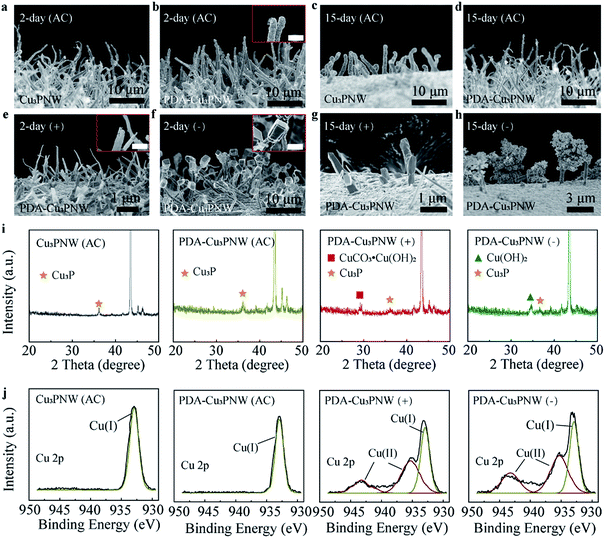 Open Access Article
Open Access ArticleCreative Commons Attribution 3.0 Unported Licence
Correction: Low-voltage alternating current powered polydopamine-protected copper phosphide nanowire for electroporation-disinfection in water
Zheng-Yang
Huo
ab,
Hai
Liu
a,
Wen-Long
Wang
a,
Yun-Hong
Wang
a,
Yin-Hu
Wu
a,
Xing
Xie
*b and
Hong-Ying
Hu
*ac
aEnvironmental Simulation and Pollution Control State Key Joint Laboratory, State Environmental Protection Key Laboratory of Microorganism Application and Risk Control (SMARC), School of Environment, Tsinghua University, Beijing 100084, People’s Republic of China. E-mail: hyhu@tsinghua.edu.cn; Tel: +86-10-6279-4005
bSchool of Civil and Environmental Engineering, Georgia Institute of Technology, Atlanta, Georgia 30332, USA. E-mail: xing.xie@ce.gatech.edu; Tel: +1-404-894-9723
cShenzhen Environmental Science and New Energy Technology Engineering Laboratory, Tsinghua-Berkeley Shenzhen Institute, Shenzhen 518055, People’s Republic of China
First published on 16th May 2019
Abstract
Correction for ‘Low-voltage alternating current powered polydopamine-protected copper phosphide nanowire for electroporation-disinfection in water’ by Zheng-Yang Huo et al., J. Mater. Chem. A, 2019, 7, 7347–7354.
The authors regret an error in Fig. 5 of the published article (the first and second panels of Fig. 5i were misplaced; these should have been placed in the opposite order). A corrected version of Fig. 5 is provided below.
The Royal Society of Chemistry apologises for these errors and any consequent inconvenience to authors and readers.
| This journal is © The Royal Society of Chemistry 2019 |

